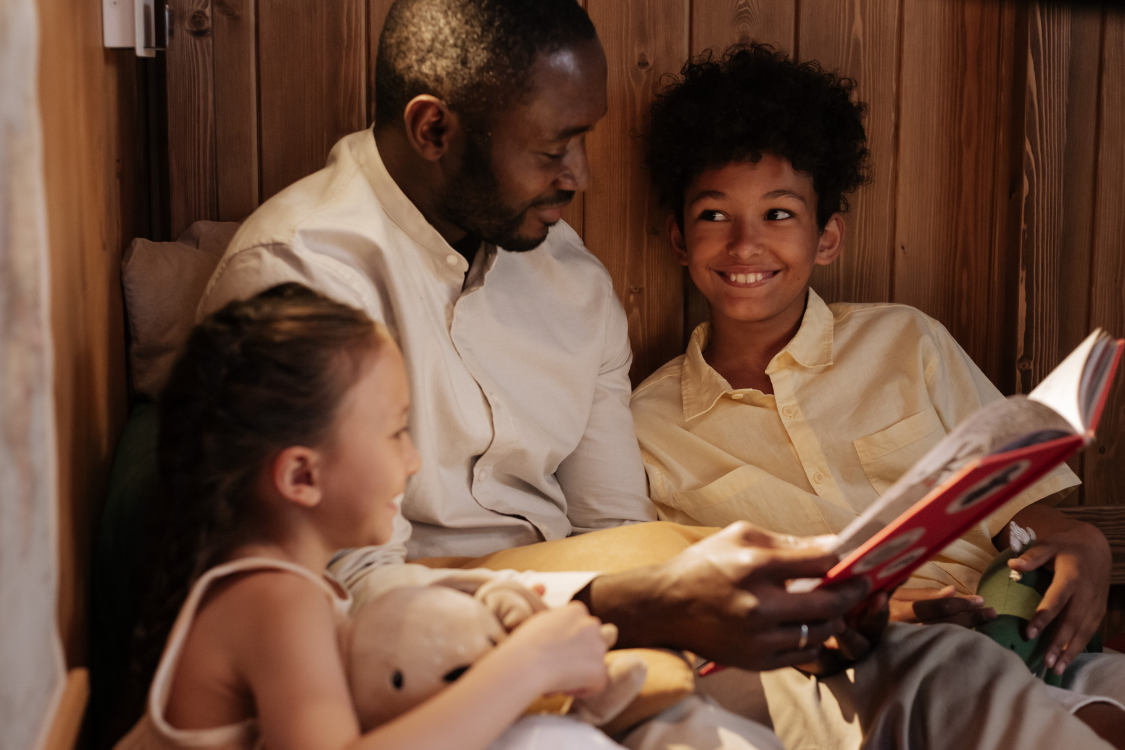Teaching sound segmentation doesn’t require expensive materials or formal training—just enthusiasm and consistency! The key is to make these activities part of your daily routine and to keep them playful and engaging. Research shows that children learn best through multisensory experiences, so these activities combine movement, sound, and visual elements to reinforce learning.
Here are ten proven activities to help your child develop strong segmentation skills, along with recommended resources for each:
1. Clapping Games
One of the simplest ways to develop sound segmentation skills is through clapping games:
- Start with compound words (sun-shine, rain-bow)
- Move on to familiar two-syllable words (mom-my, ta-ble)
- Progress to longer words (but-ter-fly, el-e-phant)
Have your child clap once for each “chunk” of sound they hear. This physical movement helps reinforce the mental process of breaking words into parts.
Free Online Resources:
- Jack Hartmann’s “Syllable Dance” on YouTube – a fun, interactive video that teaches syllable clapping
- PBS Kids’ “Word Play” games (pbskids.org) – free online activities for word segmentation
- Starfall.com’s syllable counting activities in their “Learn to Read” section
- Super Simple Songs’ “Clap It Out” video series on YouTube
- Education.com’s free printable syllable counting worksheets
2. Rhythm Walking
Turn your daily walks into learning opportunities:
- Take steps in time with syllables as you name things you see
- March to the rhythm of familiar words
- Jump or hop for each sound in short words
Free Online Resources:
- GoNoodle’s movement and learning videos (gonoodle.com)
- Cosmic Kids Yoga word-themed videos on YouTube
- Pinterest boards with outdoor learning activity ideas
3. Musical Word Play
Music naturally emphasizes rhythm and sound patterns. Try these activities:
- Sing nursery rhymes, emphasizing the rhythmic patterns
- Create simple songs using your child’s name or favorite words
- Use rhythm instruments (drums, shakers) to tap out word patterns
Free Online Resources:
- Super Simple Songs on YouTube
- Raffi’s Word Songs on Spotify/YouTube
- Mother Goose Club’s rhythm videos
- Sesame Street’s Letter Songs collection
- Oxford Reading Tree’s nursery rhyme playlist
4. Robot Talk
This popular activity helps children focus on individual sounds:
- Speak like a robot, breaking words into distinct parts
- Start with simple words (c-a-t)
- Have your child guess what word you’re saying
- Let them try being the robot
Free Online Resources:
- Alphablocks’ sound segmentation videos on YouTube
- Epic! digital library (free for educators) – robot-themed phonics books
5. Sound Counting Games
Make sound segmentation interactive:
- Ask, “How many parts do you hear in…?”
- Use counting tokens or blocks to represent each sound
- Make it visual with drawing or writing activities
Free Online Resources:
- IXL Learning’s phonics games (free trial)
- Education.com’s printable sound-counting activities
- ABCya! phonics games (free version available)
- ReadingVine’s printable sound box templates
6. Sound Hopscotch
Create an active learning environment with this playground favorite:
- Draw or create a hopscotch grid
- Put a picture in each square
- Have children hop while segmenting the word in each square
- Increase difficulty by using longer words in higher squares
Free Online Resources:
- Pinterest boards with literacy hopscotch ideas
- Teachers Pay Teachers’ free hopscotch templates
- Sidewalk chalk games from Scholastic.com
7. Beat Boxing Basics
Turn sound segmentation into a fun beat-making activity:
- Start with simple rhythmic patterns (boom-boom-clap)
- Replace beats with word segments
- Let children create their own patterns
- Record and play back their creations
Free Online Resources:
- Scratch Jr. app (free) – create simple beat patterns
- Chrome Music Lab (free online) – rhythm exploration
- PBS Kids’ Music Games (pbskids.org)
- BrainPOP Jr.’s rhythm videos (some free content)
8. Word Building Blocks
Create a physical connection to sound segments:
- Use building blocks or Legos®
- Stack one block for each sound
- Build towers for different words
- Compare word lengths visually
Accessible Resources:
- LEGO® Education ideas on YouTube
- Duplo® block activities from The LEGO® Group
- Mega Bloks® learning activities online
9. Sound Sorting Stations
Set up interactive sorting activities:
- Create stations for 1, 2, and 3-syllable words
- Use pictures or real objects
- Have children sort items by the number of sounds
- Make it a timed challenge for older children
Free Online Resources:
- Florida Center for Reading Research activity sheets
- ReadWriteThink’s sorting activities (free)
- TeachersPayTeachers’ free sorting templates
10. Echo and Elongate
Help children hear individual sounds clearly:
- Say a word normally
- Repeat it with extended sounds (mmmmaaaattttt)
- Have children echo the elongated version
- Gradually increase word complexity
Free Online Resources:
- Heggerty Phonemic Awareness videos on YouTube
- PBS Kids’ sound games (pbskids.org)
- Starfall.com’s sound stretching activities (free version)
Tips for Success
- Keep sessions short (5-10 minutes)
- Make activities playful, not drill-like
- Celebrate effort and progress
- Follow your child’s interest and energy level
- Mix up activities to maintain engagement
- Start with easier patterns and gradually increase the difficulty
Remember that consistency is more important than perfection. Even a few minutes of sound play each day can make a significant difference in your child’s phonological awareness development. For more information about supporting early readers, explore our other resources here at Phonics.org.

